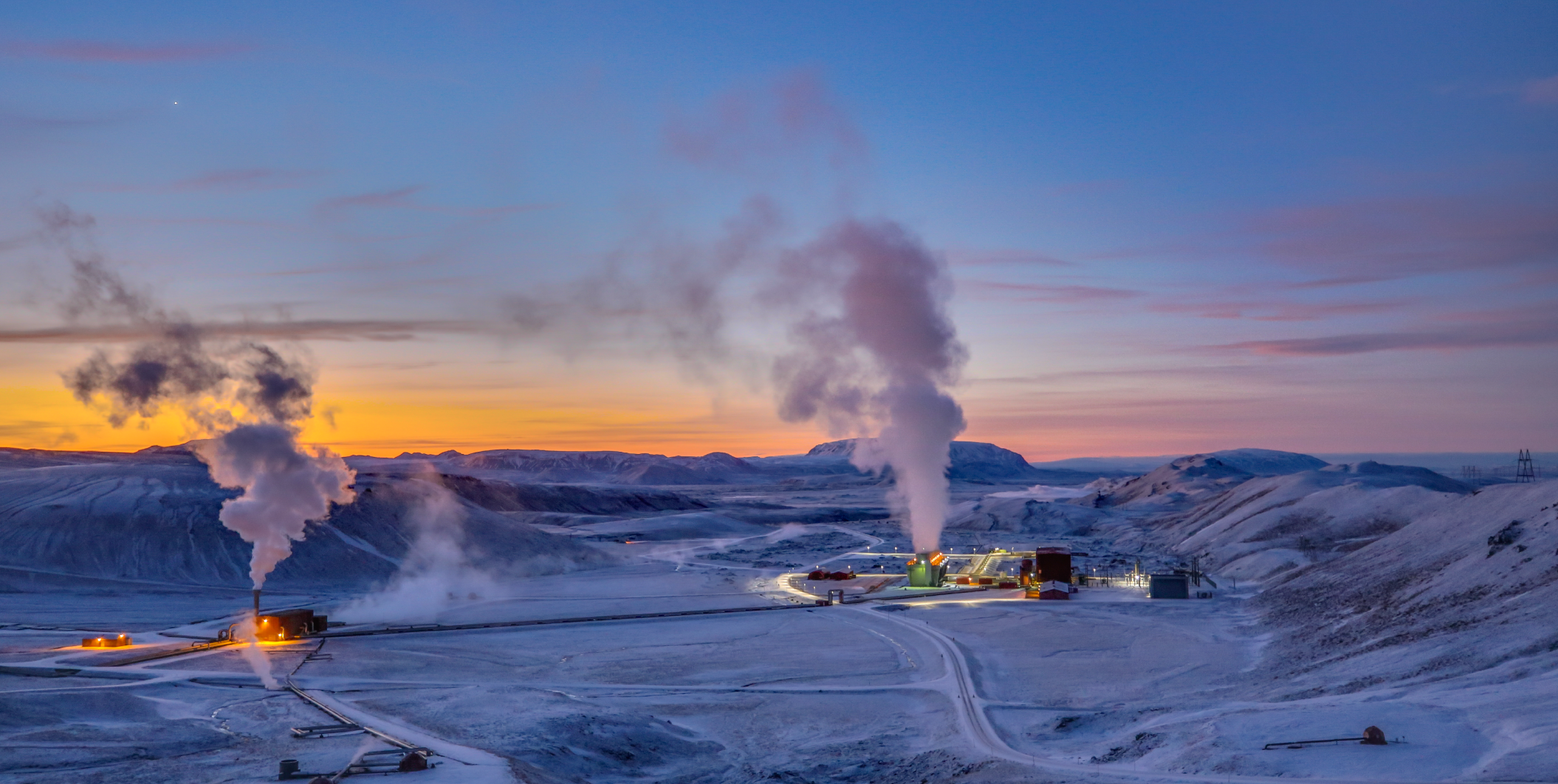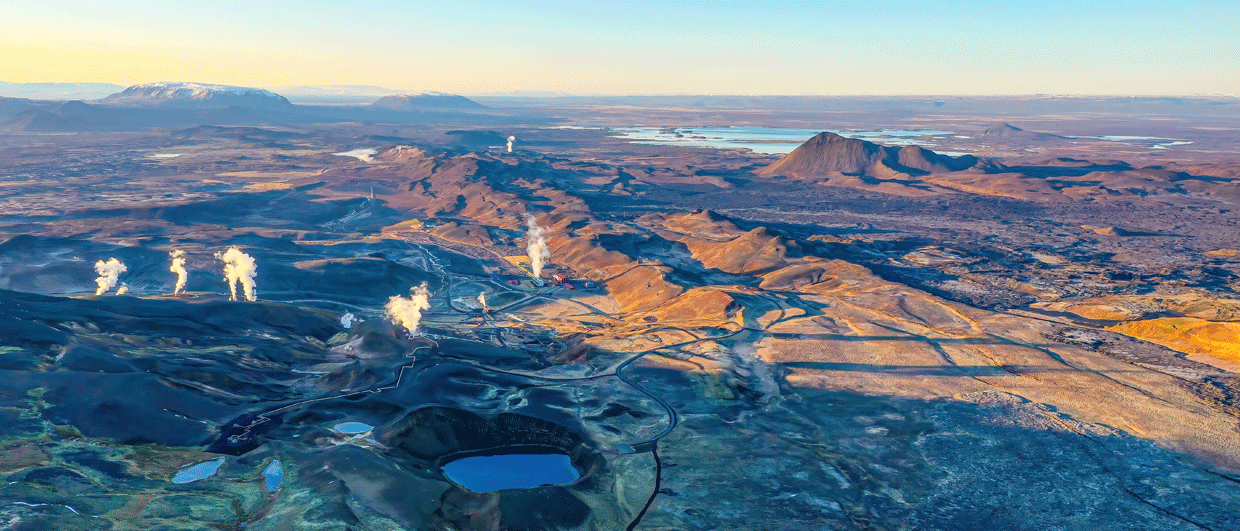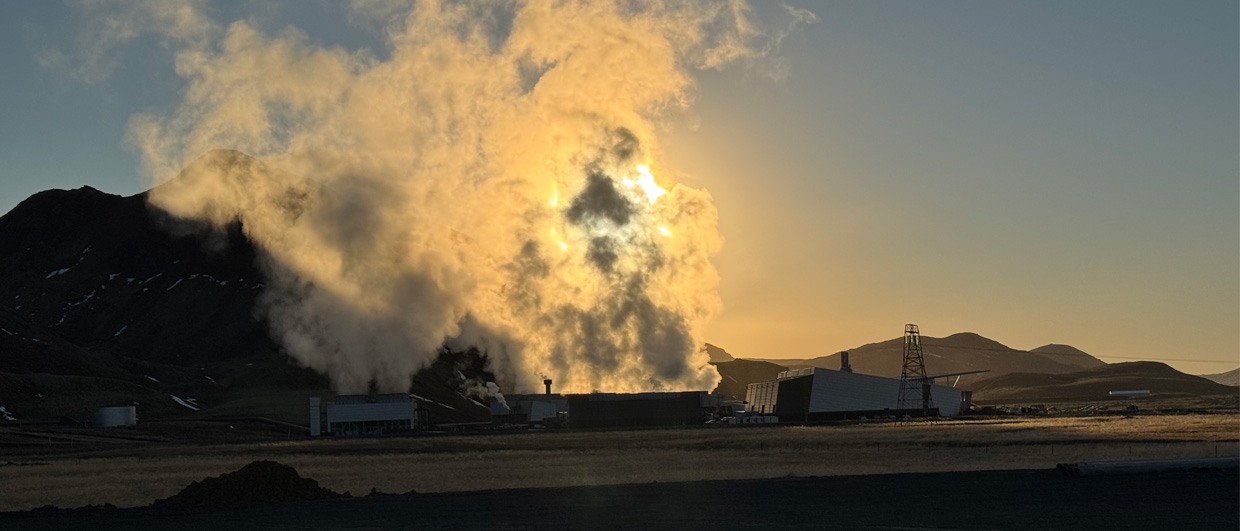No, it is not entirely new. Drilling straight into magma has happened before.
But in Iceland, the Krafla Magma Testbed (KMT) consortium is now going to research it more rigorously than ever.
The plan is to drill two wells, KMT- 1 and KMT-2. KMT-1 is intended to reach a depth of approximately 2,100 m, targeting the known magma body beneath the Krafla caldera. At this depth, temperatures in the magma are expected to be around 970° C. KMT-2 will be drilled to about 2,050 m into the geothermal reservoir for energy extraction experiments. This is just above the magma chamber, with expected temperatures around 500° C.
In order to withstand the temperatures, new technology has been developed for the project. This includes advanced drilling materials, borehole designs and equipment, cementing blends, and high-temperature sensors capable of operating in environments exceeding 500° C. These innovations aim to ensure the integrity and longevity of the boreholes for continuous monitoring and experimentation.
The primary focus of KMT is scientific research, testing and improving technology to allow others to access this resource which is not accessible today. Experiments at the rock-magma boundary are expected to improve knowledge of geothermal systems, potentially leading to more efficient energy extraction methods. And there is an incentive to do so, as it is known from previous projects that the power output can be ten times more than in conventional wells. This is partly due to the effect of latent heat of crystallization from cooling of the magma.

The methodologies and technologies developed by KMT are intended to be transferable to other volcanic regions where magma can be located. By advancing drilling techniques, materials, and monitoring systems, KMT aims to set a precedent for similar projects worldwide, potentially enabling the harnessing of geothermal energy from near magma in various geological settings.
In September 2024, the KMT project secured significant support, securing finance for the project for the next two years, marking a new phase in its development. By involving oil and gas service companies and other industry leaders, the consortium leverages cross-sector expertise to advance drilling safety, efficiency, and sustainability.
DETECTING MAGMA BODIES
Despite significant advancements, detecting magma chambers with high accuracy still has limitations. Variations in magma composition, temperature, and gas content can make it challenging to precisely characterize subsurface chambers. Additionally, the complex geological structures in volcanic regions often obscure or distort geophysical signals, reducing the clarity of imaging techniques. That’s why the KMT consortium also aims to improve methods to detect magma chambers such that geothermal projects can target heat sources more precisely and thereby reduce costs.


